24 Underwater Drones – The Boom in Robotics Beneath the Waves
Robotics Beneath the Waves
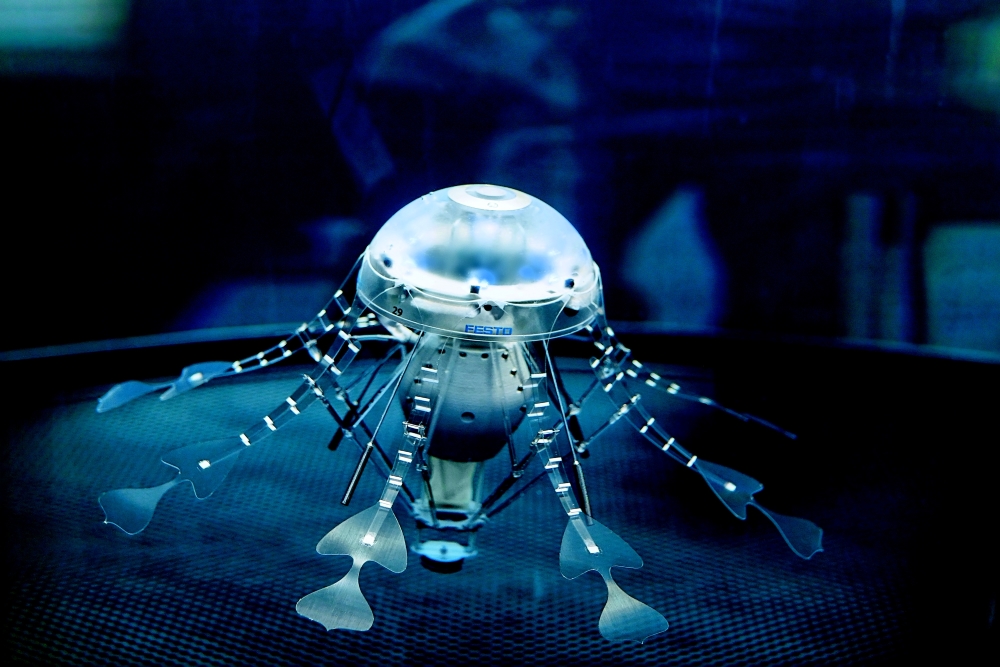
Aerial drones have buzzed their way into almost every aspect of the modern world, from photography and television news coverage, to environmental monitoring and archaeology.
And many of the concepts developed for aerial drones are being adopted and adapted to work in a very different environment — underwater.
Here's a look at 23 of the many ways that drones are being used beneath the waves, by oceanographic scientists, archaeologists, militaries, commercial divers, photographers and undersea explorers.
Shipwreck Search
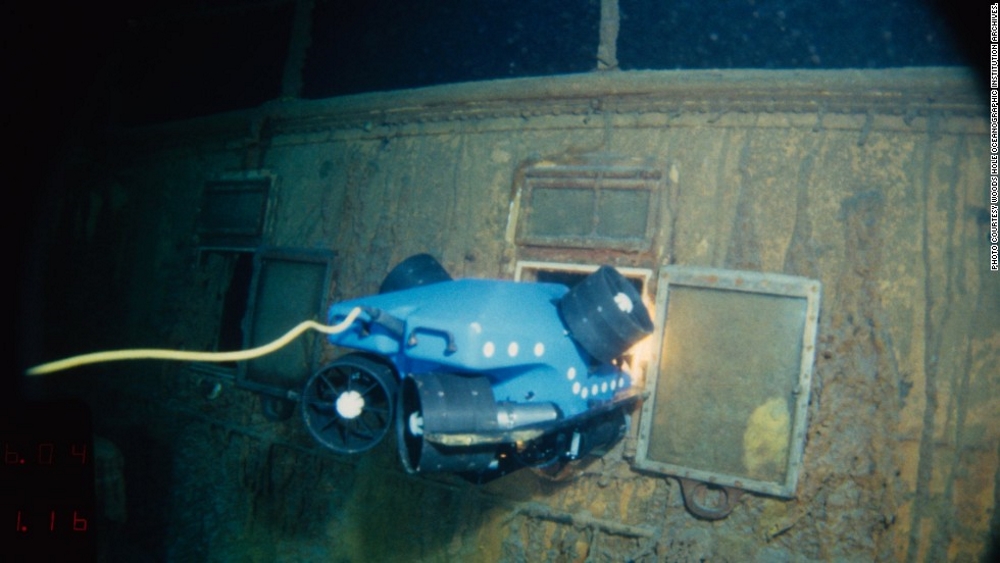
Concepts developed in aerial drones, such as greater levels of autonomy, are finding new expression underwater. Autonomy — the ability to take action without direct control &mash; makes a drone more like a true robot and less like a remote-controlled device.
Although they lack ofcomplete autonomy, very advanced remote-operated underwater vehicles, known as ROVs, have become a mainstay of scientific and commercial underwater operations, from undersea oil drilling projects to scientific research in the most extreme environments in the ocean.
The most celebrated ROV team are Argo, ANGUS and Jason Junior (shown here) which were used by the US research ship Knorr to discover the shipwreck of the Titanic in 1985 – after they had completed a top-secret mission to inspect the remains of a lost US Navy nuclear submarine, the USS Scorpion.
Robot ROVs
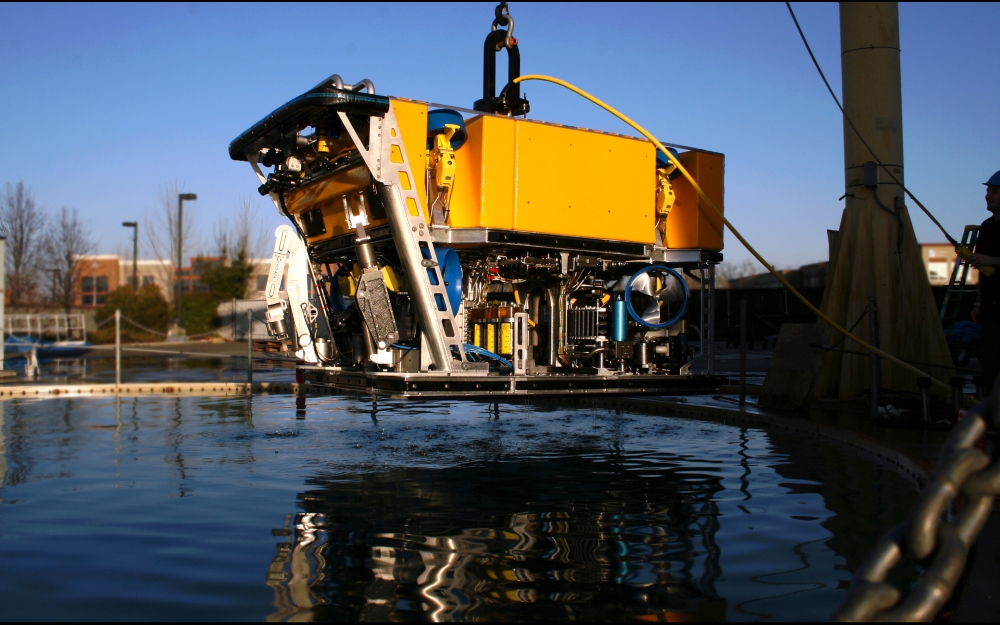
The Deepwater Horizon oil spill in 2010 resulted in a gathering of the world's largest robotic underwater armada, as about a dozen large "work-class" ROV's struggled for months to stem the oil gushing from a shattered wellhead on the seafloor beneath 5,100 feet (1,600 meters) of water.
Get the world’s most fascinating discoveries delivered straight to your inbox.
Among the lessons learned: making ROVs more autonomous, even while they remain tethered by an umbilical cable to a control ship on the surface. Advanced ROV's — like the Schilling UWD shown here above a test pool — already use pressure gauges, compasses and doppler sonar to keep themselves oriented; automating ROVs further could help to refine their awareness of what surrounds them, a feature that might have been useful navigating cables and moving gear in the Gulf.
Diving Buddy
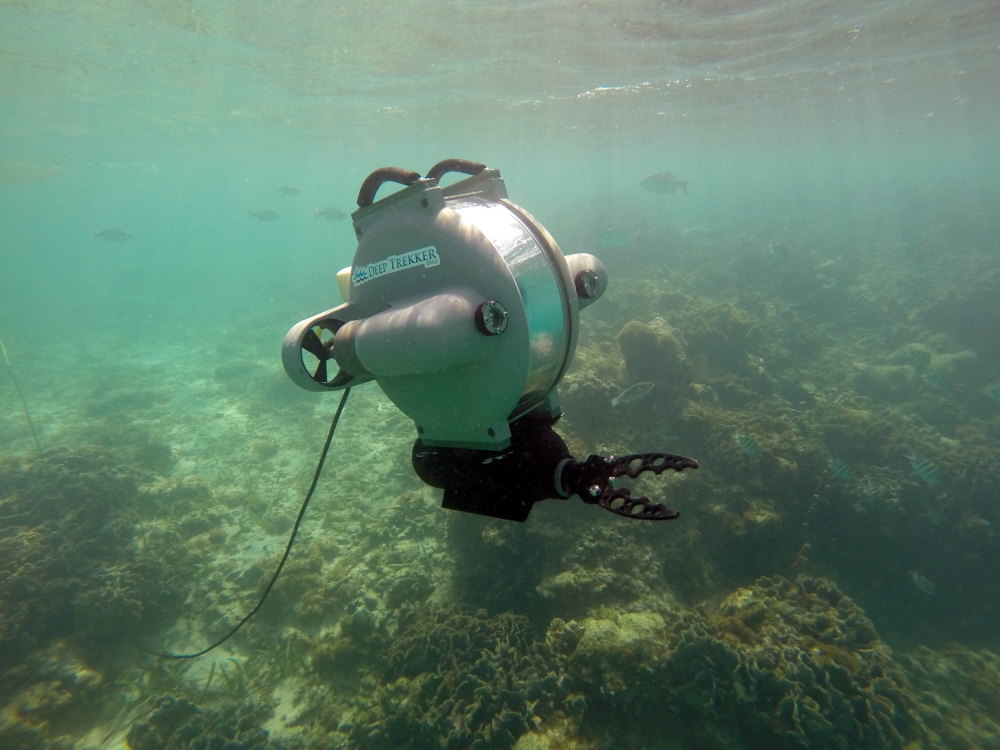
Thanks to miniaturization, you don't need a support ship to operate an ROV. The electrical conductivity of saltwater makes radio communication very difficult underwater, so ROVs are connected directly to an operator by long umbilical cables to carry out expert tasks like underwater inspections.
A commercial example is the Deep Trekker drone shown here, which is controlled by a video-link handset that can be operated from the surface or by a diver in the water. When fitted with a multibeam sonar system that can "see" in dark or murky waters, the drone has been used by scuba divers to search for shipwrecks in Lake Huron, and to explore inside the protected wreck of the USS Arizona at Pearl Harbor in Hawaii.
Yellow Submarine
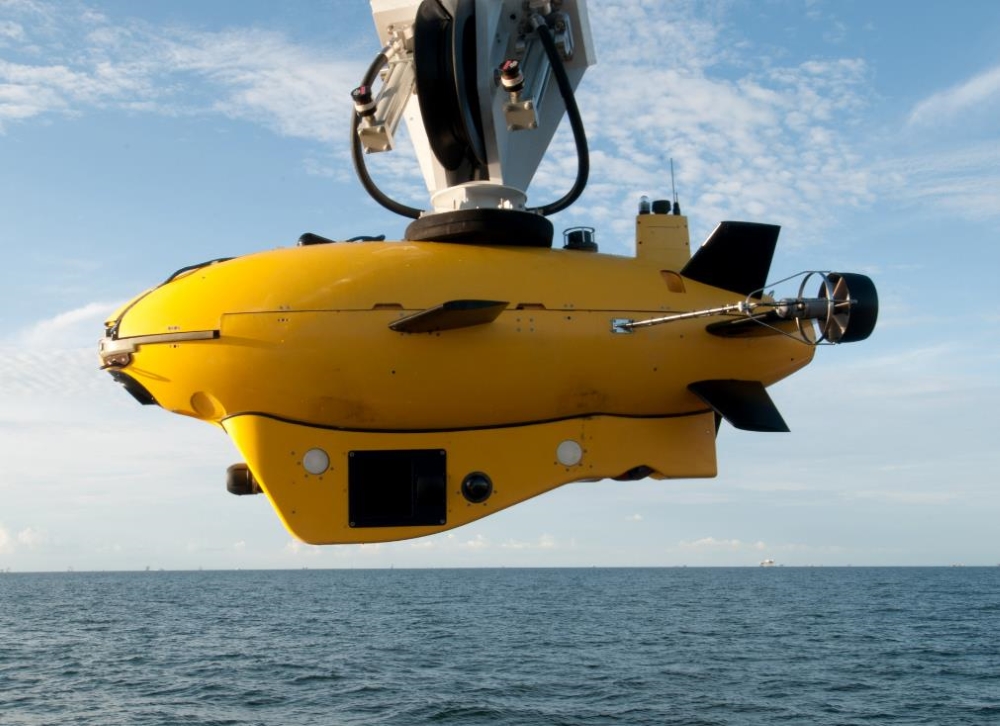
Fully autonomous underwater drones offer advantages that are already being put to work by the oil and gas industry. Lockheed Martin's yellow Marlin drone submarine has been used to inspect offshore rigs and underwater pipelines, a sector that costs up to a billion dollars a year in the Gulf of Mexico.
The Marlin can take operate at depths of up to 1,000 feet (300 m) and keep going for up to 16 hours. An updated version of the drone, the Marlin Mk2 shown here, featured in a U.S. Navy technology demonstration that included launching a Lockheed Martin Vector Hawk aerial drone.
Deep Divers
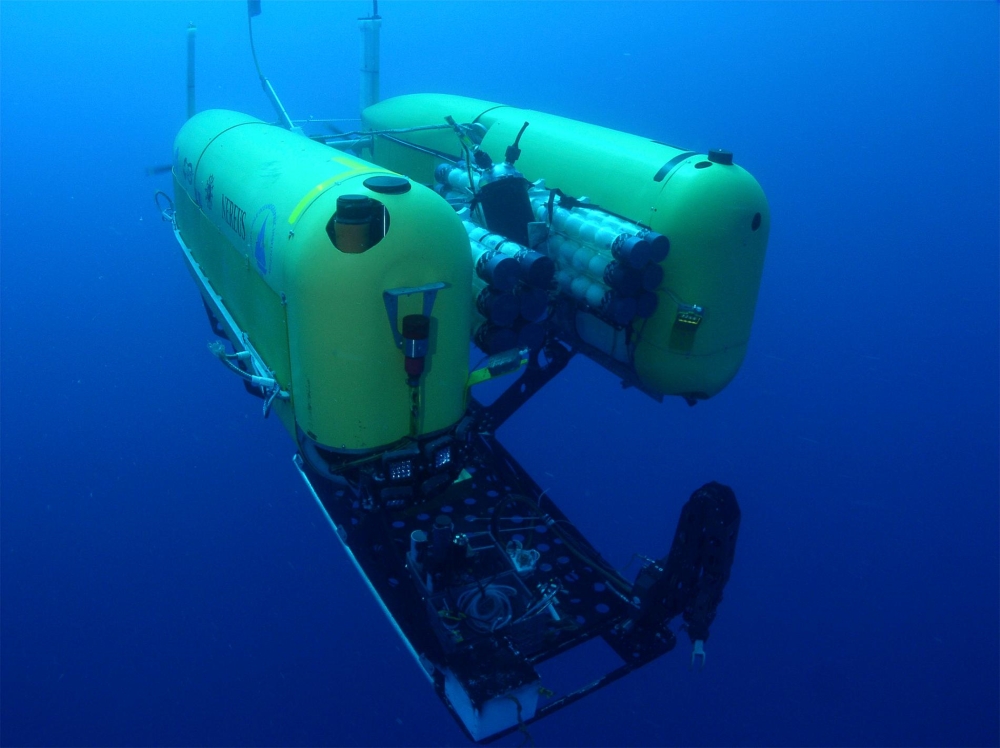
Underwater drones have been used to explore the most extreme depths of the world’s oceans. The Nereus was a hybrid of an autonomous drone and a remote controlled ROV built by the Woods Hole Oceanographic Institution to explore Challenger Deep in the Mariana Trench near Guam, the deepest surveyed point of the world’s oceans, at a depth of 35,768 feet (10,902 m).
Nereus successfully reached the bottom of Challenger Deep in May 2009, but the vessel was lost in 2014 while exploring the Kermadec Trench near New Zealand, at a depth of 32,500 feet (9,900 meters), when it imploded due to high pressures as high as 16,000 lbs. per square inch (psi).
Wave Gliders
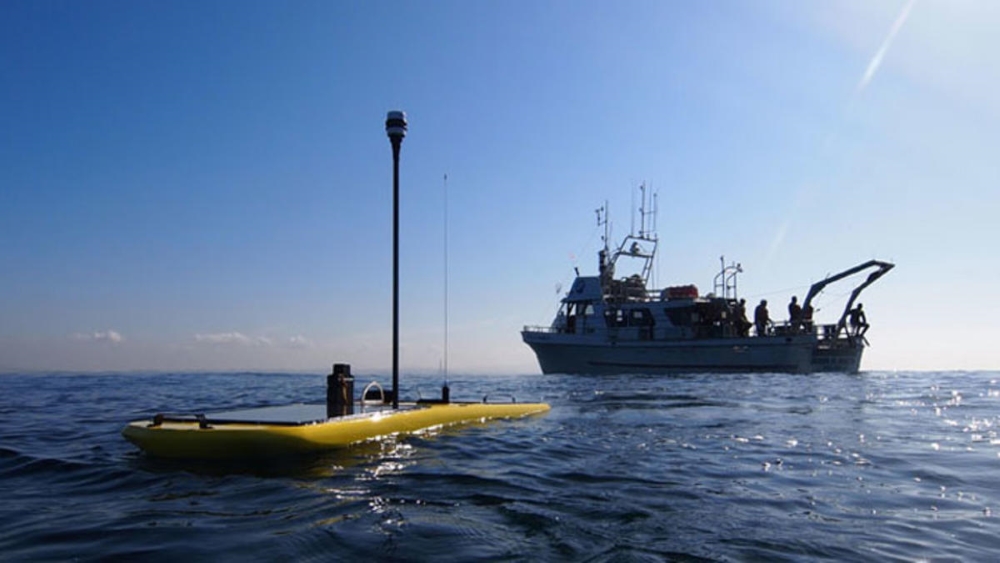
The most travelled drones on the planet are Wave Gliders, developed by California tech firm Liquid Robotics, which have covered more than 1.4 million miles of ocean so far. Each drone consists of a surfboard-sized "float" and a wing-shaped "sub" that hangs up to 26 feet (8 meters) under the water. The drones use wave motion and solar power to travel thousands of miles at sea without fuel, with applications in environmental monitoring, defense and maritime surveillance, and offshore oil-and-gas operations.
Ocean Gliders
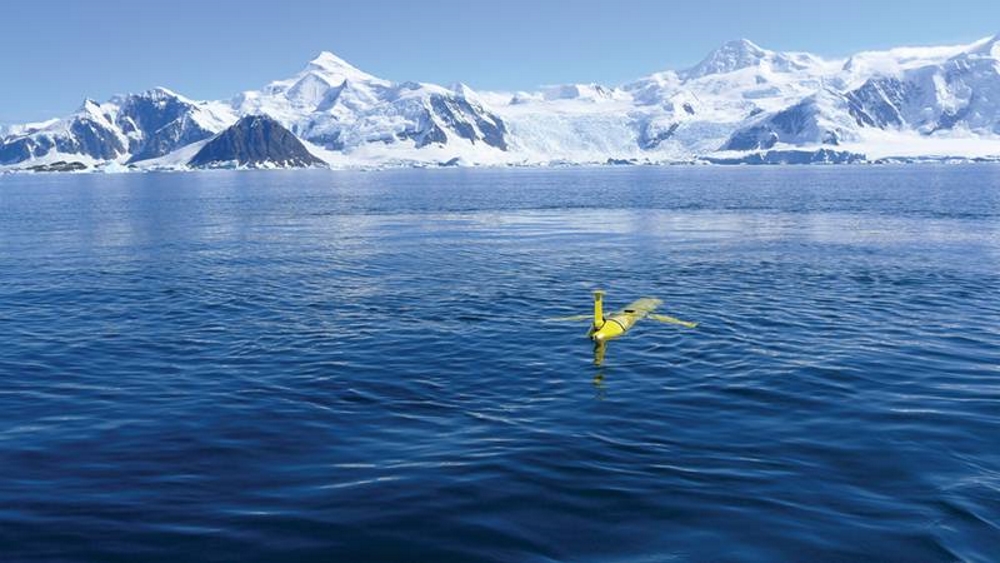
Autonomous ocean gliders, or underwater gliders, like the Slocum glider shown here, can convert small changes in buoyancy into forward motion. They are used extensively for scientific research at sea, such as remote water sampling, environmental monitoring, or acoustical surveillance over months and thousands of miles of ocean.
In 2016, ocean gliders equipped with microphones recorded the mysterious "Western Pacific Biotwang," which researchers think may be the never-heard-before call of a minke whale.
Underwater Mapping
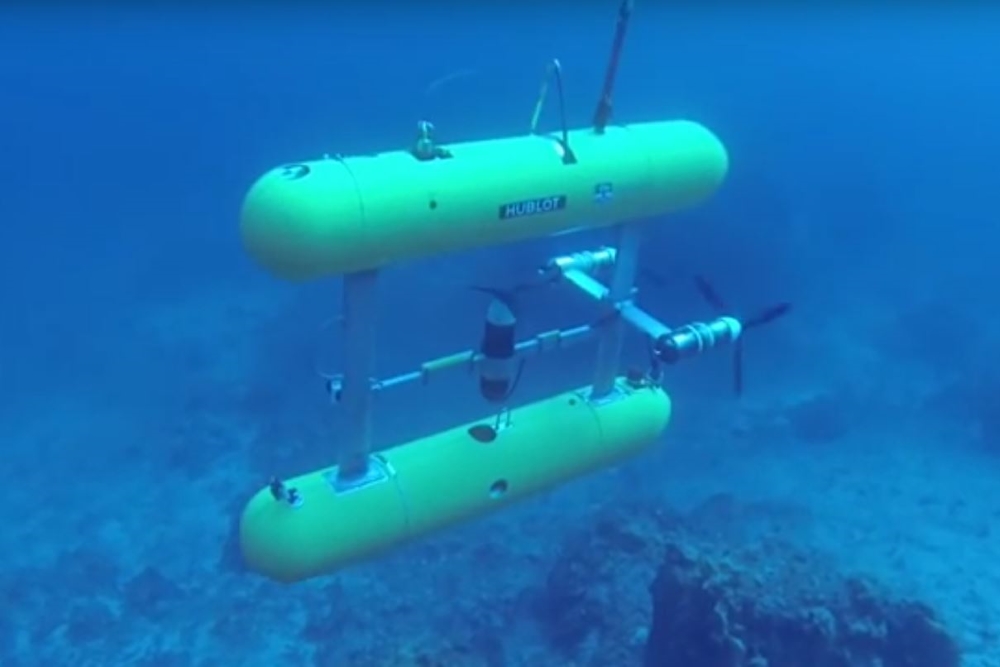
Experts eventually foresee a fleet of underwater robots mapping the floors of the oceans, lakes and rivers — much like Google has mapped the streets.
Underwater drones have already been used to map underwater sites of importance. In 2015, the Sirius AUV, shown here, was used to map the Antikythera Mechanism were found, along with other treasures.
Fly and Dive
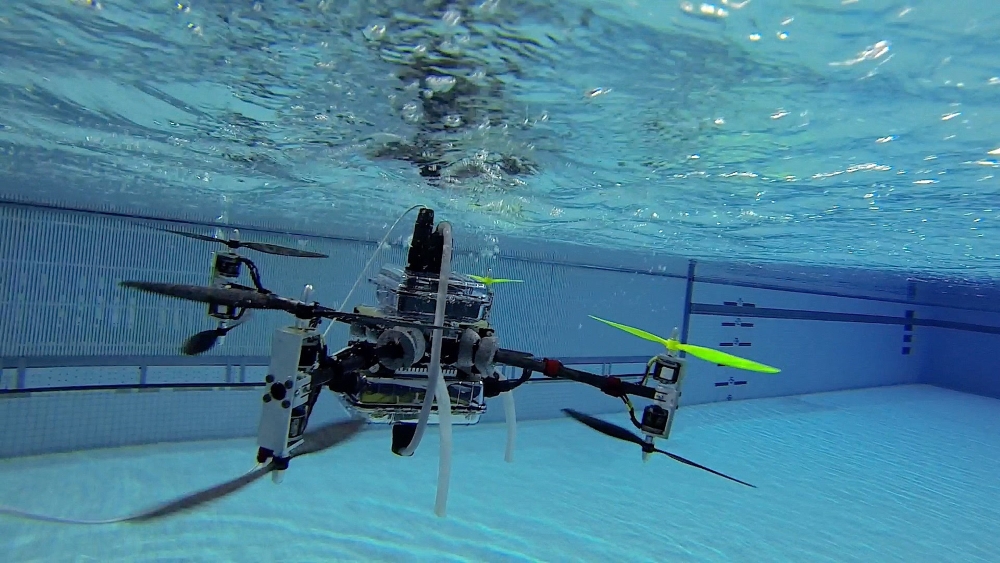
A drone that can fly and dive may seem like a cool gimmick at first, but there are numerous applications for such a unique talent. The 'Naviator' drone is being developed by a team at Rutgers University School of Engineering, who see it being used to inspect bridges both above and below the water, for search and rescue operations, and the evaluation of seaborne environmental incidents, like oil spills or algae blooms.
A fly-and-dive drone could also be used for research into wildlife species like whales that spend time both above and below the waves.
South China Sea Drone Drama
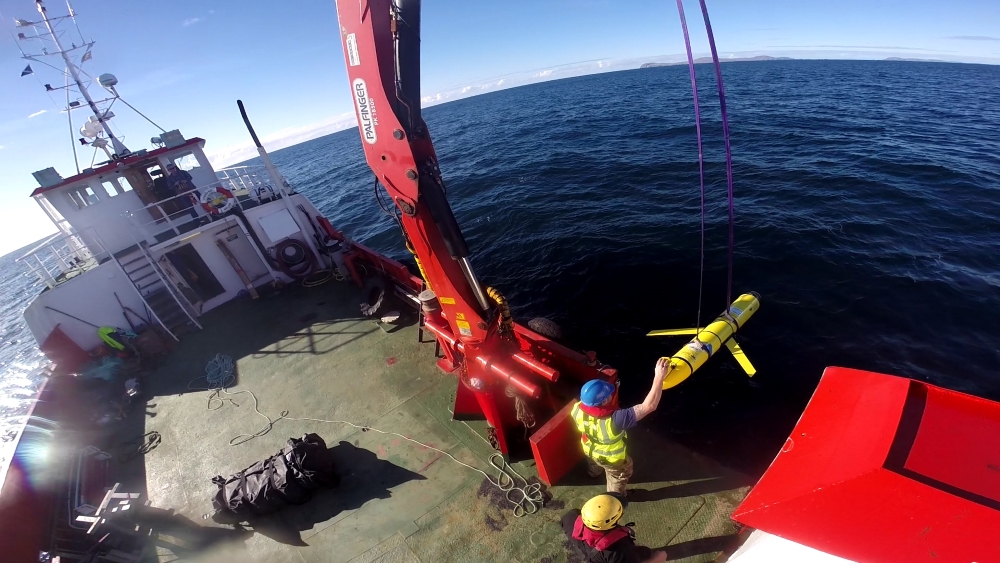
In December 2016, a Chinese warship seized an underwater autonomous drone deployed by a US Navy oceanographic research vessel, the USS Bowditch, in the contested South China Sea region.
According to news reports, crew of the Bowditch were about to recover the drone after its mission when it was picked up by a Chinese warship instead.
returned the drone to the US Navy a few days later.
Tom Metcalfe is a freelance journalist and regular Live Science contributor who is based in London in the United Kingdom. Tom writes mainly about science, space, archaeology, the Earth and the oceans. He has also written for the BBC, NBC News, National Geographic, Scientific American, Air & Space, and many others.


